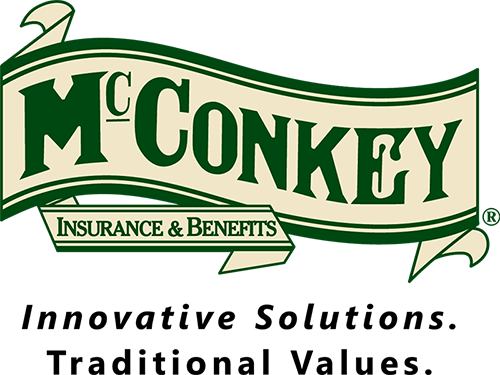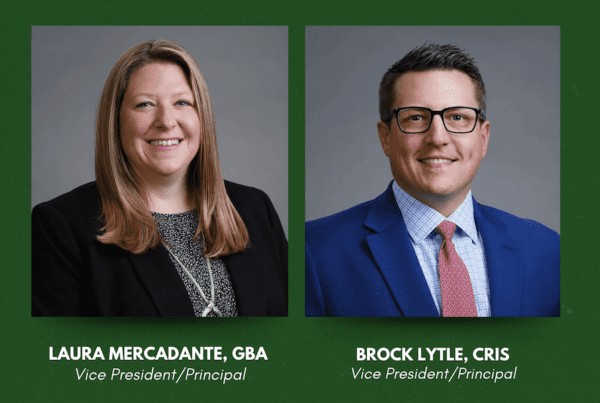This article was originally written by Jennifer Deinlein and published by Central Penn Business Journal
Steven Buterbaugh, 54, is president and CEO of York-based McConkey Insurance and Benefits, which he joined in 1991. He holds a chartered property casualty underwriter designation and is active in numerous insurance agency councils.
Buterbaugh earned a bachelor’s degree in finance from Millersville University, where he was also a four-year letter-winner in golf. He served as vice chair for the 2015 U.S. Women’s Open in Lancaster.
He and his wife have three children and reside in East Hempfield Township.
Q: What are the keys to understanding the different nuances of each property and client you insure?
A: With each client we do a risk assessment to better understand the personality of the management team and the company in general and what direction they want to take, then we help them outline their exposures to risk, and then we try to match up solutions, which could be risk management safety programs, as well as insurance coverages, to make sure there aren’t any gaps for any of their exposures.
McConkey has history dating back to 1890, and you have been with the company since 1991. What is the most significant change you have seen in the industry during your career?
McConkey has grown exponentially. I think I was employee No. 25; we have nearly 100 employees now. We used to be an insurance agency, and McConkey has evolved over my career into more of a business-adviser partner for our clients where they count on us for all aspects of their business. There is a lot of competition out there and it’s tough, but there’s more competition in every industry. But changing from a focus on insurance to being a director, an adviser, a partner of our clients, that’s evolved and I think clients really enjoy that relationship.
A recent company blog post noted that business income is often overlooked in companies’ property coverages. Why is it overlooked and how can it be addressed?
It’s a complicated process because you have to identify the key exposures for the client and you have to match that, evaluate how much insurance you need by analyzing the financial statements and the programs the clients have in place for catastrophes. When there is a catastrophe or a big loss, you need to make sure there is enough insurance in place to help them stay in business along the way until they rebuild and can get back up and fully running. It’s a pretty technical process and you need to sit there in kind of an interview format with the client and really understand their business so you can get their buy-in to purchase the proper amount of coverage. You have to talk doom and gloom and catastrophic impact to get their buy-in and understand there is a product to keep them in business while they’re out of business.
You were part of the team that brought the 2015 U.S. Women’s Open to Lancaster. What was the highlight of that for you?
Just seeing the community rally around that event. We brought $25 million to $30 million to the local economy; we had 2,500 volunteers sign up online the first day; we had 135,000 people attend that week at Lancaster Country Club and some people have called it the biggest, greatest sporting event ever in Central Pennsylvania. That has to do with the attendance, the community, the passion – the fans and the community in general were awesome. I stood on the 18th hole the first day of the tournament and just kind of said “wow” to myself when I looked out and saw the mass of people. The other thing that was great was seeing that team, all of those volunteers, moving as one.

